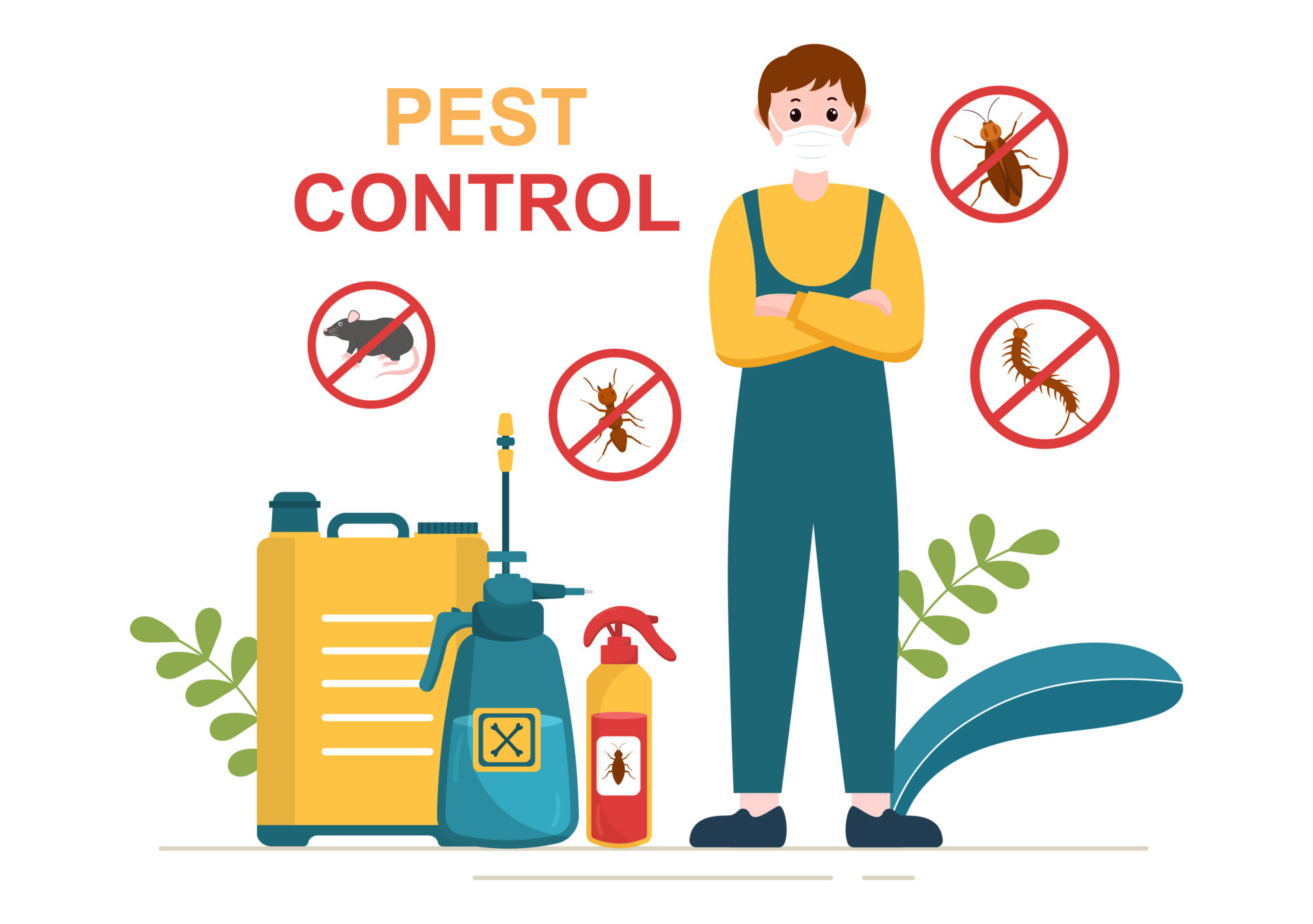Professional Bug Control Techniques for Long-Term Results
Expert pest control strategies envelop a comprehensive technique that begins with a detailed inspection and assessment, complied with by accurate bug recognition to comprehend their habits patterns. The execution of Integrated Bug Monitoring (IPM) concepts, combined with eco-conscious therapies, develops the foundation of sustainable insect removal.
Evaluation and Evaluation
Upon going into a property for pest control services, the first action is a detailed examination and analysis to determine the degree of the infestation and establish one of the most efficient treatment plan. Specialist parasite control professionals are educated to carefully analyze the premises, looking for indicators of bug activity such as droppings, gnaw marks, nests, or any kind of architectural damage. They will additionally examine the problems that may be bring in parasites, such as food resources, water leakages, or entrance points.

Bug Recognition and Behavior

Furthermore, recognizing the habits of the identified bug is essential to implementing reliable control steps. Knowing where pests nest, what they feed on, and their task patterns can assist pest control professionals devise strategies to eradicate them successfully.
Integrated Bug Management (IPM)
Integrated Parasite Administration (IPM) strategies incorporate multiple strategies to control and protect against insect infestations in a lasting and environmentally pleasant way. bed bug exterminator. By integrating techniques such as organic control, habitat control, modification of cultural techniques, and using immune selections, IPM aims to lessen the usage of chemical pesticides
One of the crucial concepts of IPM is the focus on prevention. This aggressive method includes monitoring insect populations consistently to spot any possible problems before they intensify. By identifying parasite problems early, pest control actions can be implemented quickly and efficiently.
In addition, IPM promotes the usage of non-toxic parasite control methods whenever possible. This can include employing natural find out predators of the insects, introducing helpful pests, or making use of scents to interfere with breeding patterns. By lowering dependence on chemical pesticides, IPM not just shields the setting yet additionally aids preserve a balance in the environment.
Environmentally-Friendly Treatments
Implementing eco-conscious approaches in bug control procedures can effectively resolve invasions while prioritizing ecological sustainability. Environmentally-friendly treatments focus on lessening the impact of parasite control techniques on ecosystems, non-target microorganisms, and human health and wellness.
Another trick aspect of environmentally-friendly therapies is the use of natural and naturally degradable products that damage down rapidly without leaving harmful deposits in the environment. Agricultural pesticides originated from plants like chrysanthemums or neem use efficient insect control while posturing marginal risk to non-target varieties. Moreover, utilizing techniques like heat treatments or scent traps can target certain insects with accuracy, decreasing the general ecological effect of pest control methods.
Recurring Surveillance and Upkeep
Regular examinations by skilled specialists are required to determine any signs of insect task, examine the efficiency of previous treatments, and make changes to the insect control strategy as required. By keeping an eye on pest populaces over time, pest control professionals can track trends, expect potential concerns, and implement preventive actions to decrease the danger of future infestations.
Along with monitoring, maintenance methods are important for long-lasting bug control success. This consists of applying appropriate hygiene procedures to remove possible food and water sources for bugs, sealing access factors to stop insects from going pest control near my location into the properties, and dealing with any type of architectural problems that can help with parasite problems (Exterminator DC). By incorporating continuous surveillance and upkeep right into an integrated parasite management strategy, organizations can guarantee a pest-free atmosphere and secure their building versus pricey damages and health and wellness risks
Verdict
To conclude, making use of professional pest control techniques such as thorough examination and evaluation, accurate pest recognition and understanding of their habits, integrated insect administration strategies, environmentally-friendly therapies, and recurring tracking and maintenance are essential for index attaining long-lasting lead to bug control. By implementing these approaches, individuals can properly manage pest problems and maintain a pest-free environment in a sustainable fashion.